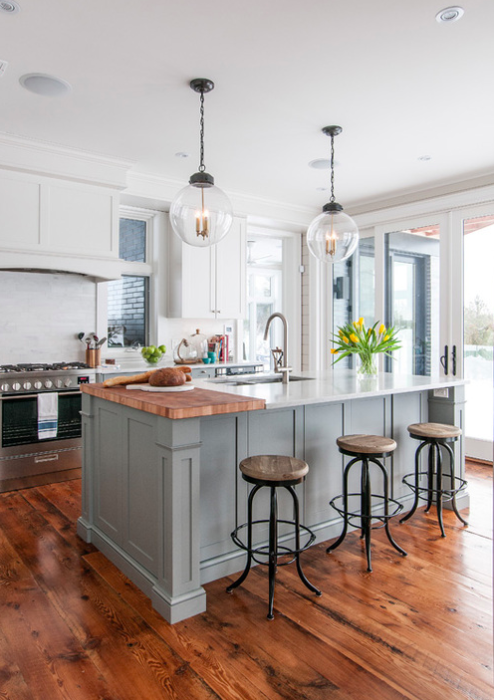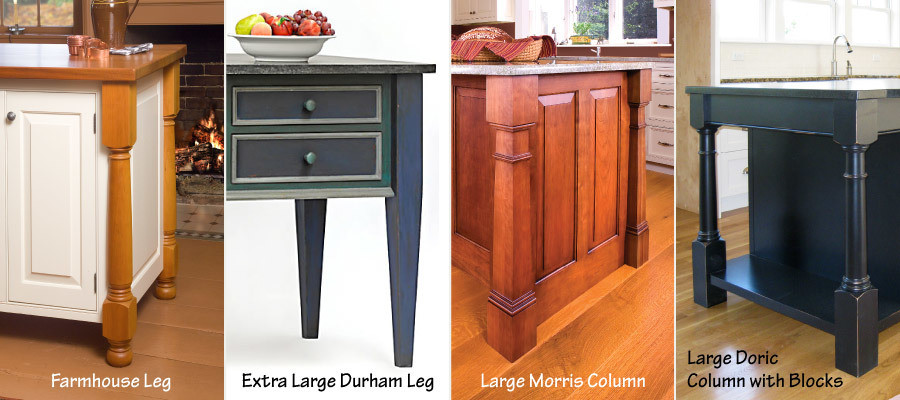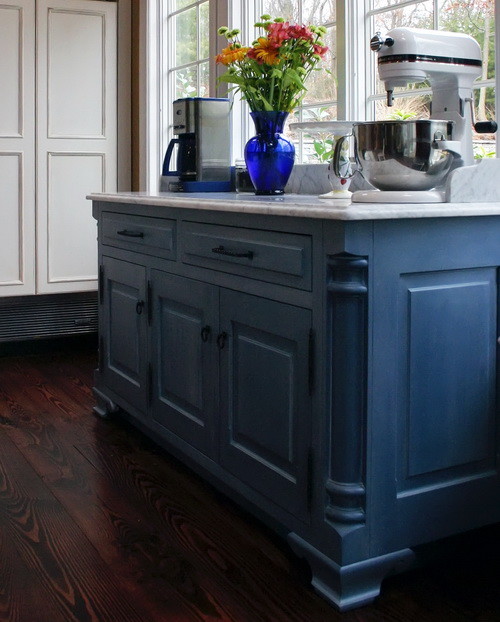Necessary Tips for Choosing the Perfect Eating Table for Your Kitchen Area
Selecting the ideal eating table for your kitchen area is more than just an issue of preference; it requires a thorough understanding of your area and requirements. The shape of the table plays a critical role; while rectangle-shaped tables fit bigger locations, rounded ones foster intimacy, and extendable alternatives use adaptability. The table must balance with your kitchen's aesthetics and suit your family members conveniently.
Step Your Room
Picking the optimal table begins with a precise evaluation of your available space. This fundamental action ensures that the table not only fits pleasantly within the area however also matches the overall format and performance of your dining area. Begin by gauging the measurements of the room, considering entrances, home windows, and any kind of existing furnishings. This will certainly assist you establish the maximum allowed dimension for your dining table.
Think about the flow of activity around the table. It is important to leave sufficient room for chairs to be drawn out and for individuals to relocate around the table without obstruction. A general guideline is to permit a minimum of 36 inches of clearance from the side of the table to the local wall surface or furniture. This guarantees simplicity of accessibility and comfort throughout meals.
Furthermore, consider the number of people you generally delight and whether you require additional space for visitors. Selecting an extendable table can supply flexibility, enabling you to fit differing varieties of diners. By properly measuring your space, you lay the foundation for choosing a table that improves both the looks and capability of your eating area.
Choose the Right Shape

On the various other hand, round tables are outstanding for smaller sized kitchens or intimate gatherings, as they promote discussion by enabling everybody to deal with each other. They also offer a sense of coziness and can fit well in tighter areas as a result of their lack of sharp corners. Oblong tables use the best of both worlds, combining the size of rectangle-shaped tables with the affection of rounded ones, making them versatile for various settings.
Square tables are one more choice, especially matched for square-shaped areas. They produce a modern-day and balanced look, cultivating an equivalent dining experience for all seated.
Material Considerations
When selecting a dining table, material considerations are critical in determining the table's resilience, upkeep requirements, and overall visual. Timber is a traditional selection, offering timeless appeal and robustness.
Glass-topped tables give a modern, streamlined appearance and can make a space show up bigger due to their openness. Nevertheless, they call for regular cleaning to avoid spots and finger prints. Additionally, solidified glass is recommended for its added strength you could check here and safety and security.

Last but not least, composite materials like MDF (Medium-Density Fiber board) or plywood are affordable alternatives. These materials can simulate the appearance of solid wood yet might not provide the same durability. They are generally easier to clean however can be vulnerable to water damage if not effectively sealed.
Ultimately, the choice of product need to line up with your cooking area's design, your lifestyle requires, and your budget plan restrictions. (kitchen island legs)
Seats Capacity and Comfort
Exactly how do you determine the right seats capacity and comfort for your dining table? This critical step entails analyzing both the physical space offered in your cooking area and your household's useful demands. Begin by gauging your kitchen area to make sure the table fits conveniently, allowing at the very least 36 inches of clearance around it for simple movement. Think about the number of people who commonly dine with each other, as this will influence the table dimension. For a family of four, a rectangle-shaped table of 48 inches long or a round table with a 48-inch size is usually sufficient.
Convenience is similarly essential. The elevation of the table need to preferably be around 30 inches, offering a well balanced ergonomic position for seated restaurants. Chairs should sit elevation of 18 to 20 inches to guarantee a comfortable eating posture. In addition, consider the chair layout; helpful backrests and upholstered seats can improve eating convenience considerably, especially during long term meals.
Design and Aesthetics
Choosing a dining table that fits your design and looks involves balancing personal taste with the existing design of your dining room. The dining table is often the centerpiece of the cooking see this here area, and its design needs to complement the total style of the area. Whether your kitchen area flaunts a modern-day, minimal appearance or a rustic, farmhouse beauty, the table you choose must balance with these components to produce a cohesive and inviting ambience.
Think about materials meticulously; timber offers a timeless charm and can range from rich mahogany for a typical aim to lighter oak for a modern feeling. Metal and glass tables, on the other hand, can introduce a sleek, industrial edge to your kitchen area. Don't overlook the table's form-- rectangular tables are timeless and flexible, while round and oval alternatives can foster a much more intimate eating experience.
Furthermore, pay very close attention to information and finishes. A troubled finish might include character and heat, whereas a shiny surface area can add to you could try this out a clean, contemporary visual. Inevitably, your eating table need to not just in shape seamlessly into your cooking area's design however also show your individual design, boosting the room both functionally and visually.
Final Thought
To conclude, selecting the suitable table for a cooking area requires careful analysis of space, form, product, seating capability, and visual consistency. Ensuring a minimal clearance of 36 inches helps with comfy movement, while the selection of form improves spatial characteristics. Product option influences sturdiness and style, making it vital to line up with the cooking area's total aesthetic. Eventually, an appropriate table promotes a welcoming ambience and suits the family comfortably, thus improving the dining experience.

When selecting an eating table, material considerations are extremely important in establishing the table's durability, upkeep demands, and total aesthetic. For a household of 4, a rectangle-shaped table of 48 inches long or a round table with a 48-inch size is normally sufficient.
Don't neglect the table's form-- rectangle-shaped tables are classic and flexible, while round and oblong alternatives can promote a more intimate eating experience. kitchen island legs.